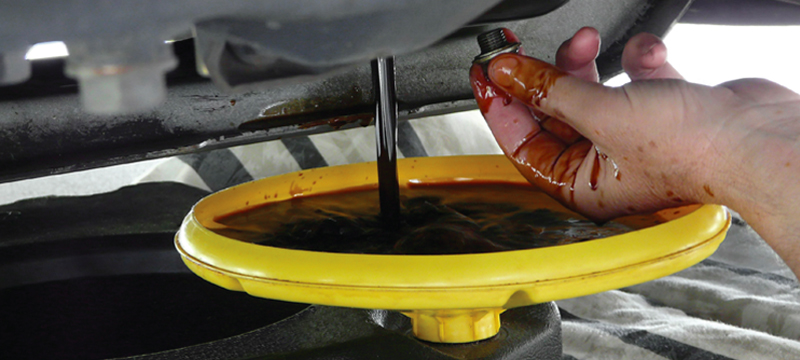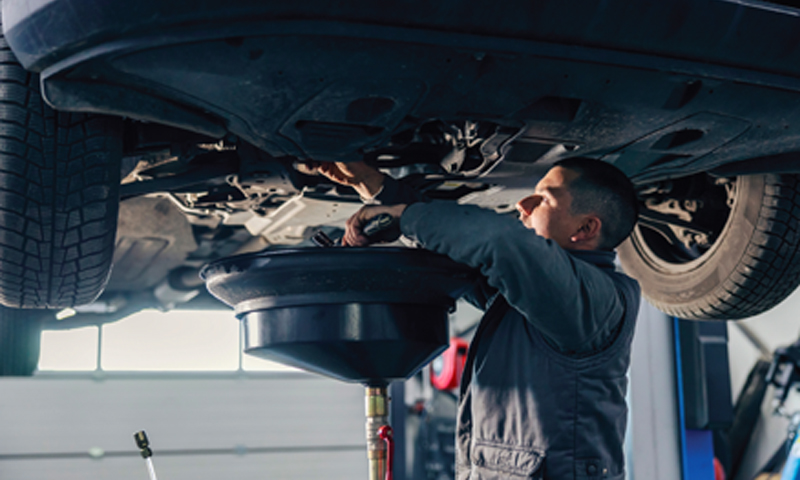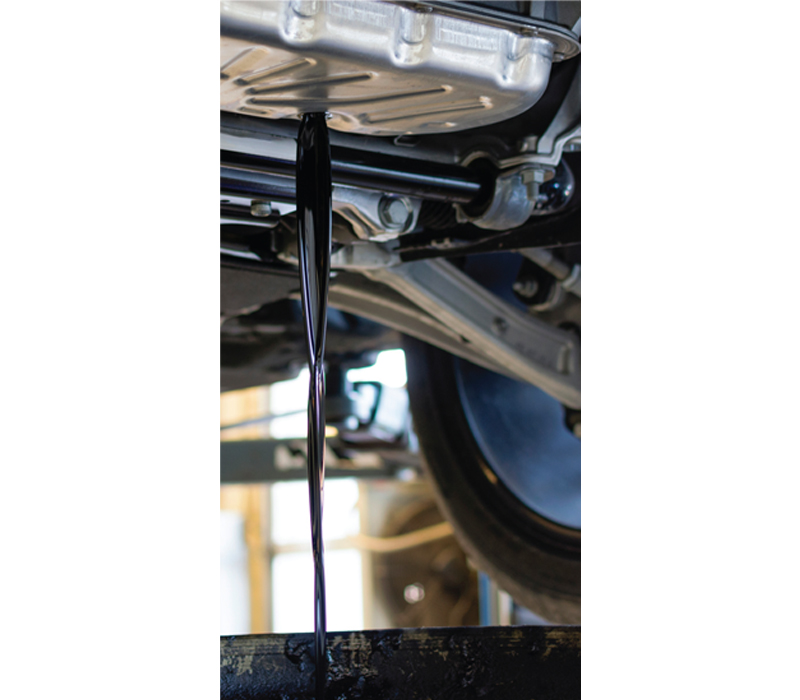PETRONAS on benefits of extended drain intervals

David Aldous, OEM business development manager, PETRONAS Lubricants International, considers unlocking the benefits of extended drain intervals for engine maintenance.
Rising costs and hotter summers mean it is increasingly crucial for fleet owners to take better care of their vehicles, to save money and time in the long run. While there is a plethora of products available claiming to maximise vehicle efficiency, van manufacturers are placing particular emphasis on marketing engines with extended oil drain intervals. But is this wise? What are the benefits and implications for engine longevity and which components are likely to be the most vulnerable to wear and tear?

Efficiency, protection, sustainability
Sustainability is at the heart of many industry decisions in recent years, and fleet owners are no exception. Extending drain intervals can buttress such efforts by optimising vehicle efficiency. For heavy duty and light commercial vehicles this has a positive impact on both the vehicle itself and the purse strings, as well as the planet. Van engines can face extreme temperatures, oxidation and damaging deposits, so having the right fluids to protect them is essential. Lubricants that prolong vehicle life on the road minimise wear, reduce unplanned downtime, and guarantee complete operational efficiency. The net result is a positive effect on the life of the engine itself with maximised performance and profitability. By keeping vehicles on the road for longer, fleet managers and their drivers can not only meet tough regulations for sustainable mobility, but also stay at the forefront of fleet management in the long term.
Harsh environments
So, the benefits of lubricants with extended drain intervals are clear when it comes to efficiency, but what about when it comes to durability in the severest of conditions? A long-drain lubricant is arguably needed more when it’s working in harsher environments because the pressures on the vehicle are so great. Specifically formulated lubricants are developed with leading technology that enables vehicles to stay stronger for longer as the oil forms a uniquely strong fluid film. Incredibly robust molecule chains lock away soot to maintain optimal viscosity and defend against wear and oxidation, extending the oil’s efficiency right up to the next drain. This lubricant is designed to increase an engine’s life under pressure, helping vehicles to survive the harshest conditions and heaviest loads.
Such products are tested under the most extreme environments, some even withstanding the gruelling conditions and temperatures of the Dakar Rally.
The advantages of long-drain lubricants aren’t limited to use in diesel engines either. For example, HVO (hydrotreated vegetable oil) is very similar in formulation to diesel, so it can be used in nearly all the same applications that you would use diesel. It delivers an efficient and reliable performance for vehicles and machinery across industries, including construction equipment, fleet vehicles and industrial trucks and tankers. But at what cost?

Careful, cost-cutting considerations
Long-drain lubricants tend to be fully synthetic and are expensive. So, when it comes to price, conventional oil can be a more affordable option than synthetic oil. Particularly at an oil change service centre, synthetic oil can sometimes cost up to three times as much as mineral or semisynthetic oil.
However, synthetic oil has many benefits to consider. This includes a longer vehicle lifespan and a decreased build-up of engine sludge, as well as fewer oil changes. Synthetic oil also provides the advantage of offering better mileage performance thanks to its ability to resist breaking down. Choosing between fully synthetic lubricants and standard lubricants comes down to whether customers are willing to pay more for better quality and increased reliability.
The potential for sealed-for-life engines has also come into cost-reducing discussions since this would remove the need to change the lubricant at all. However, industry leaders believe this an unlikely possibility in the near future, as the internal combustion cycle is extremely detrimental to oil life. On the other hand, large lubricant manufacturers do envisage longer oil drain intervals aided by technology, such as oil condition monitoring. Changing oil on condition would be far more accurate and would extend engine and component life overall, saving costs through efficiency instead.

The future of lubricant longevity
Although external factors such as increasing societal financial burdens may be necessitating the use of lubricants to maintain a healthy fleet, lubricants are now engineered with ultimate efficiency in mind to counteract this challenge head-on. Products offer core strength for both light and heavy-duty vans and commercial vehicles. They are made specifically to lengthen engine life under strain and mitigate the threats currently faced by drivers.
Exceptionally strong molecular chains in such products help prevent soot formation, ensuring optimal viscosity in all conditions and protecting against wear and oxidation, consequently extending the lubricant’s efficiency until the date of the next oil change – maximising efficiency for longterm maintenance ease as well as cost benefits.








